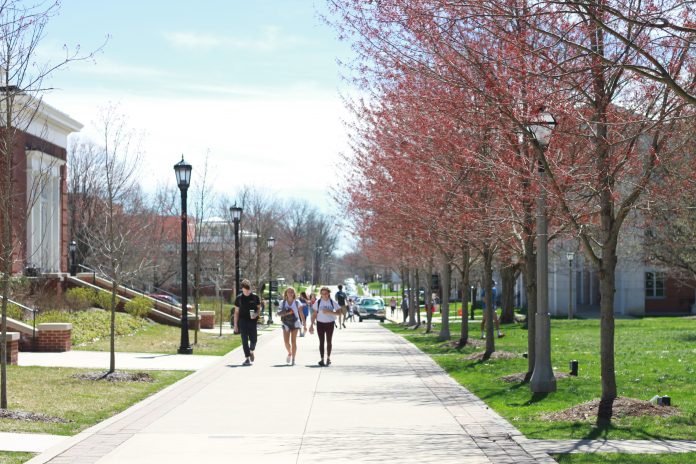
DePauw’s incoming first-year class next fall will be 20 percent smaller than the year before - and that’s before the “melt rate”—the number of students who eventually withdraw their commitment—is calculated.
Last year’s melt rate was 13 percent—much higher than the normal 3-6 percent. But Robert Andrews, vice president of enrollment management, believes it was an anomaly, due to the string of racist incidents on campus last year.
According to Andrews, all of the students with the exception of only a few that melted last fall had committed before the April racist incidents. He said that it was the students that committed to DePauw early on in the process that saw their vision of DePauw change pretty radically.
Andrews expects this year’s melt rate to be lower. “There's not been a lot in this class that they haven't made a decision when it wasn't already in some level of turmoil. So there shouldn't be a lot of shock there as to what's going on.”
However, the university is still employing some new strategies to combat melt, along with some more traditional approaches, in effort to keep the class of 2023 from getting any smaller.
Their “high touch” efforts will include emails, text reminders, parent guides, videos of current DePauw students answering messages and other interactive content on social platforms.
This year, the university is not only trying to lower the melt rate, but to understand why students change their minds about DePauw. The university will have a better understanding in late June once the results of a survey conducted by Hanover Research have been analyzed. Some students who applied to DePauw but did not end up enrolling will be sent a survey questioning what factors deterred them from DePauw.
But for Andrews, the bigger question is why, of the 60,000 prospective students who inquired about DePauw - the most ever - so few applied. “Just as much as I want to know, you know, the couple thousand that we admitted that didn't take our offer, I really want to know what happened to the 55,000 people who didn't apply,” Andrews said.
